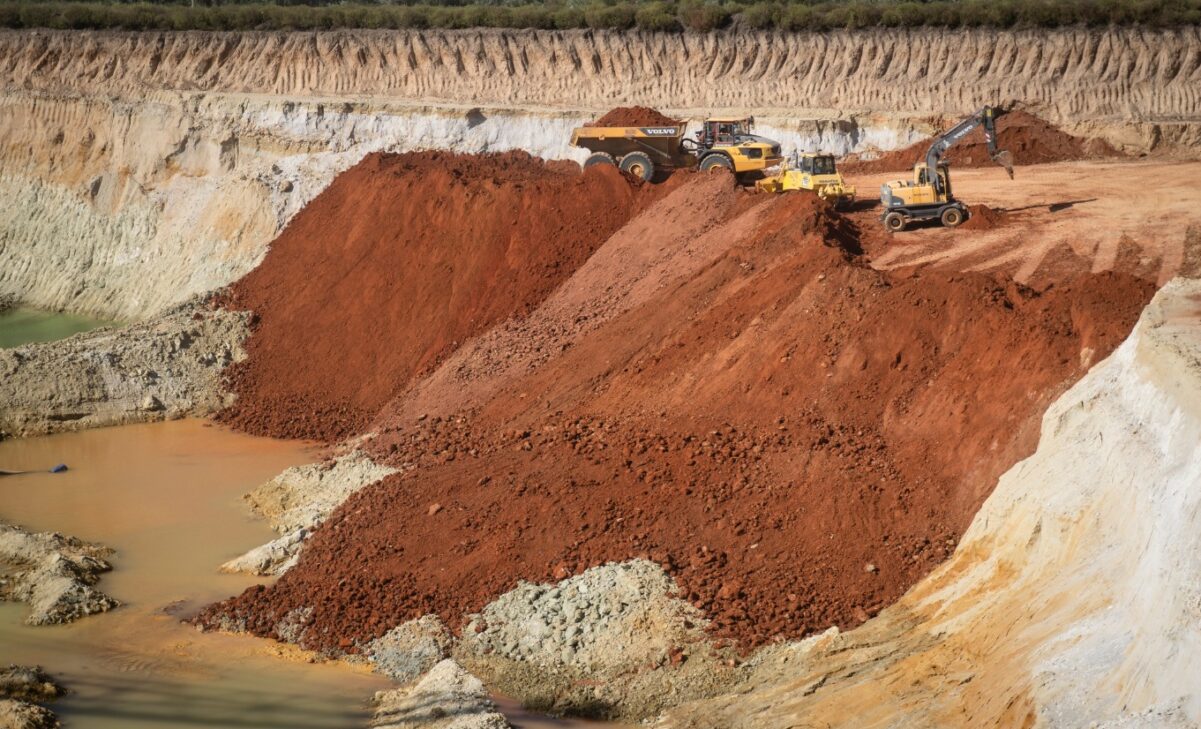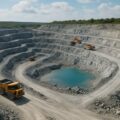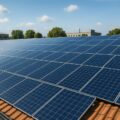
How mineral deposits in Kirovohrad Oblast may become the first practical case for the Reconstruction Fund
The Cabinet of Ministers’ announcement of a competition to develop the Birsulivske and Likarivske deposits may become one of the first steps toward the practical launch of the Ukrainian-American Reconstruction Investment Fund. This is more than a regional initiative it is part of a new development model in which Ukraine seeks to combine economic recovery, job creation, and technology attraction across strategically important industries.
On September 15, Minister of Economy, Environment and Agriculture Oleksii Sobolev, together with representatives of DFC (U.S. International Development Finance Corporation) Ukraine’s key American partner visited the two deposits to assess the potential for investment and local processing. According to the minister, “we visited the Birsulivsky Mining and Processing Plant and the Likarivske deposit promising sites that we are considering for the Fund’s project portfolio. These areas primarily produce titanium and zirconium ores.”
Both deposits are located in Kirovohrad Oblast, a region with high resource potential but insufficient levels of industrial modernization. These sites are notable not only for their titanium and zirconium content the minister also emphasized the presence of hafnium, one of the rare earth metals considered crucial to nuclear energy and the aerospace industry. This raises the strategic value of the project, as hafnium is on the global list of critical resources for high-tech security.
Including such deposits in the portfolio of the Ukrainian-American Reconstruction Investment Fund demonstrates Ukraine’s desire to shift from raw material exports toward deeper integration into the global technological economy. The goal is not just to extract, but to localize processing, create added value within the country, and thereby strengthen both the economy and Ukraine’s technological sovereignty.
The fund itself was established as a bilateral initiative between the governments of Ukraine and the United States, which officially began on April 30, 2025, with the signing of an intergovernmental agreement. Just eight days later, on May 8, the Verkhovna Rada ratified the agreement, and on May 12, President Volodymyr Zelensky signed it into law. Finalization of all formal procedures occurred on May 23, after which the fund began transitioning to practical implementation.
According to Deputy Minister Yehor Perelyhin, during the fund’s first governing board meeting, a number of important operational decisions were made. “A management system was formed: four specialized committees were approved, and managers were assigned to each. This ensures balance in decision-making and increases operational efficiency,” he stated.
Authority was also granted to open operational bank accounts meaning that the fund’s infrastructure is now preparing to handle actual investment transactions. The next steps include selecting a Fund Administrator and Investment Advisor, along with finalizing investment protocols and the first shortlist of projects. These will begin to be discussed with the DFC this month in Kyiv.
“Both sides are working in sync: the initial capital and financial instruments are in the final stages of coordination. We are working to launch three top-tier projects over the next 18 months and to ensure that the Fund’s activities translate into jobs, new production, new technological chains, and stronger economic and national security for Ukraine,” Perelyhin emphasized.
Post List
In this context, the announcement of a competition to develop the deposits becomes strategically significant. This is not simply a matter of issuing extraction permits it is an opportunity to attract foreign partners, create the first example of public-private partnership for reconstruction, and integrate ecological standards, localized technologies, and long-term industrial cooperation.
In addition, a U.S. delegation is expected to visit Ukraine in September 2025 to assess initial investment projects. This visit is not limited to mining; it will also cover infrastructure, manufacturing, logistics, and processing. However, the early inclusion of resource-based projects signals that Ukraine views its natural assets as a foundation for new industrialization, not just as export commodities.
If the competition proceeds and its announcement is expected soon it could unlock access to new capital, international cooperation, and create the first practical case of how the Reconstruction Fund functions in reality. Not just as a legal structure, but as a real mechanism for transforming the economy amid complex security conditions.
This launch, investor selection, and potential start of localized processing is only the beginning. But even this step carries major weight, because for the first time, the Investment Fund is moving from policy to industrial implementation. It is not merely symbolic it represents a structural shift in the philosophy of economic recovery, where raw materials are not just exportable commodities, but a resource for transformation. And if the first three projects planned over the next 18 months include sites with advanced processing, this could lay the groundwork for an entirely new economic model for decades to come.
Ukraine is standing on the threshold of launching industrial investment not in theory, but in practice. And the Birsulivske and Likarivske deposits may well be its first proving ground.















